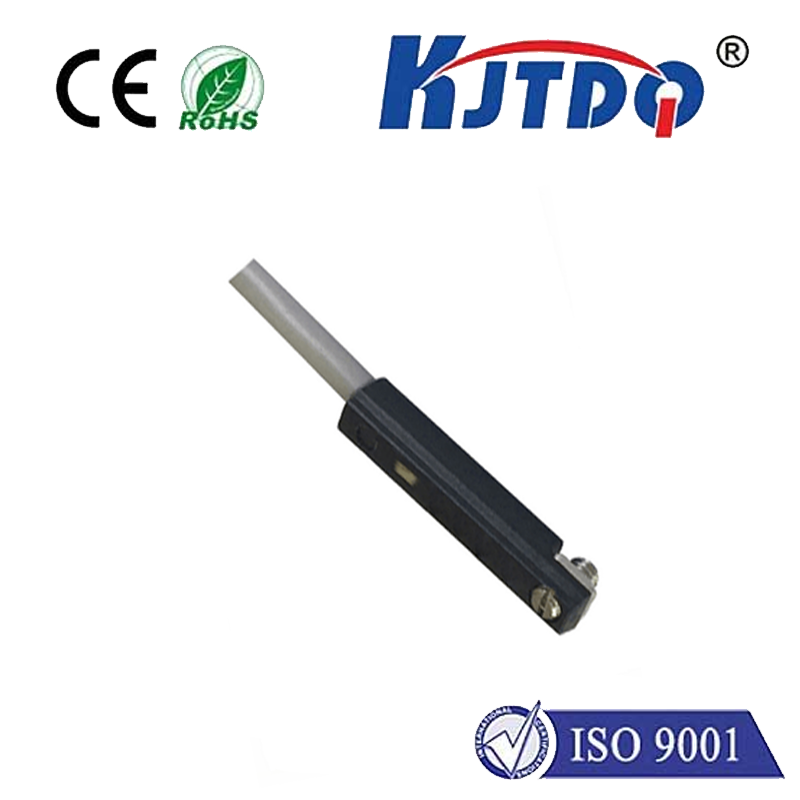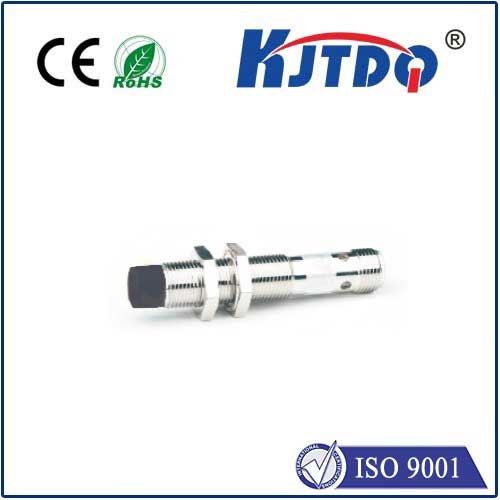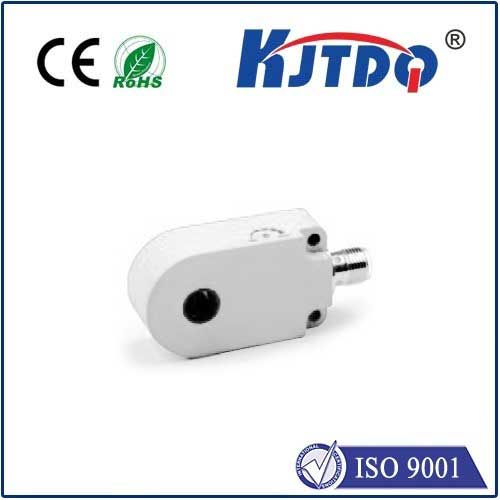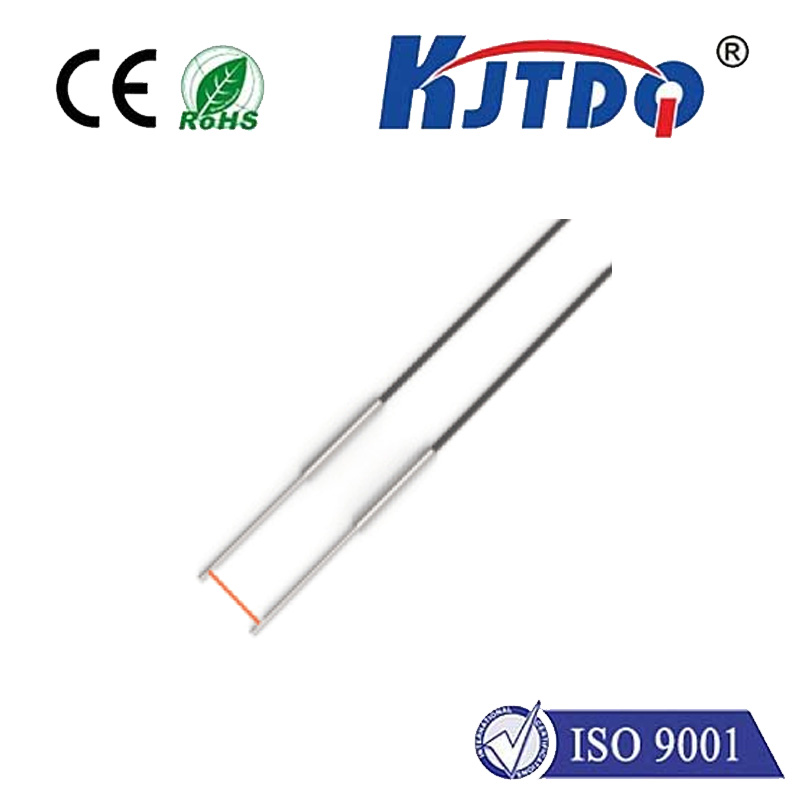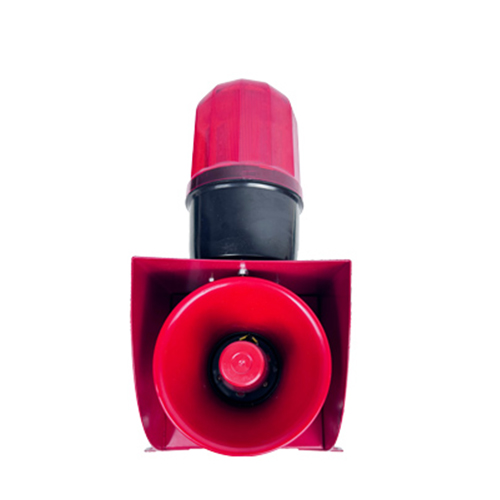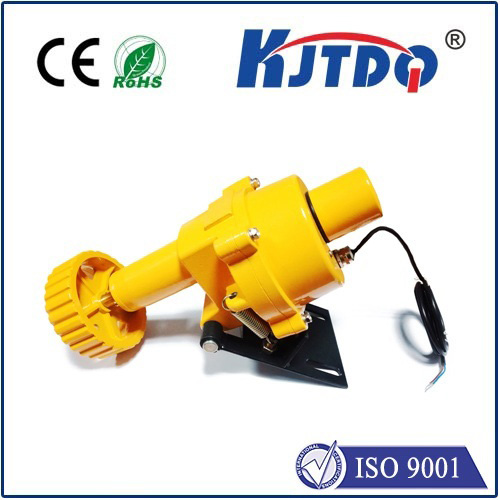laser oxygen sensor socket
- time:2025-09-08 18:12:49
- Click:0
The Ultimate Guide to Laser Oxygen Sensor Sockets: Why They’re Essential for Modern Auto Repair
(Approx. 920 Words)
Imagine wrestling with a critical part buried deep in your car’s exhaust system. It’s seized. Every turn of your wrench threatens to strip its delicate connections. Now, picture that part costing hundreds of dollars to replace. This frustrating scenario, faced by mechanics and DIYers countless times daily, revolves around the oxygen sensor. And the tool specifically engineered to conquer this challenge? The laser oxygen sensor socket. Understanding why this specialized socket isn’t just a luxury, but often a necessity, is key to efficient and damage-free automotive work.
Oxygen sensors (O2 sensors) are the crucial “noses” of your vehicle’s engine management and emissions control system. They continuously measure the amount of unburned oxygen exiting the engine via the exhaust manifold and pipes. This vital data feeds back to the engine control unit (ECU), which constantly adjusts the air-fuel mixture for optimal combustion, power, fuel economy, and crucially, low harmful emissions. Found screwed into the exhaust system – often in tight, awkward positions exposed to extreme heat and corrosive exhaust gases – O2 sensors are notorious for becoming stubbornly stuck over time.
The Problem with Standard Tools

Attempting oxygen sensor removal with a standard deep-well socket or open-end wrench is frequently a recipe for disaster. Here’s why:
- Rounded Corners: Standard sockets lack the precise grip needed on the sensor’s hex flats. Under high torque, they tend to slip, rounding off the sensor’s corners. A rounded sensor instantly transforms a simple job into a complex, time-consuming (and expensive) extraction nightmare.
- Damage to Wires: Many O2 sensors have fragile wires exiting directly through the center of the hex nut. A traditional socket simply won’t fit over this wire bundle, preventing access altogether unless you cut the wires prematurely (never recommended).
- Limited Access: Exhaust systems are cramped. Deep sockets with thick walls often won’t fit into the confined space around the sensor, especially those located near heat shields or catalytic converters.
Enter the Laser Oxygen Sensor Socket: Precision Engineering Solves the Problem
The laser oxygen sensor socket is purpose-built to overcome these exact challenges. Its unique design elements make it the indispensable tool for the job:
- Precision Laser-Cut Teeth: This is the defining feature. Instead of broached corners like a standard socket, the internal hex profile is created using a high-precision laser. This process achieves exceptionally sharp, crisp edges that bite positively into the sensor’s hex flats. This prevents rounding at the critical moment when breaking the sensor loose.
- Wire Feed-Through Slot: Running the length of the socket wall is a carefully machined slot. This allows the sensor’s wire harness to pass outside the socket while the socket itself engages the hex head. No wire cutting is required before removal – a major convenience and safety feature. After removal, the slot allows you to easily slide the socket off the sensor along the wire.
- Thin Wall Design: Constructed from high-grade alloy steel, these sockets maintain strength while being ground or machined to have thinner walls than standard deep sockets. This critical reduction in external diameter allows the socket to fit into the tight spaces where O2 sensors typically reside. Look for descriptions like slim wall or thin profile.
- Durability: Made to withstand the high torque often needed for seized sensors, quality laser sockets are hardened and heat-treated for maximum strength without brittleness. Impact compatibility (checking the manufacturer’s rating) is essential for use with air guns, a common necessity for stubborn sensors.
- Optional Features:
- Hex Size: The most common O2 sensor hex sizes are 7⁄8” (22mm) and 3⁄4” (19mm), although others exist (like 22mm/13/16” hybrids). Ensuring you have the correct size for your specific vehicle is paramount. Kits containing both sizes are prevalent and highly recommended.
- Swivel/Elliptical Drive: Some sockets incorporate a swivel or oval drive end. This provides off-axis flexibility, allowing the ratchet or breaker bar to be positioned at an angle relative to the socket – a huge advantage in confined exhaust system spaces. Not all designs include this, but it’s highly beneficial when available.
- Non-Marring Inserts: Higher-end versions might include non-marring nylon inserts or coatings to protect chrome-plated or delicate sensor housings from cosmetic scratches, though the primary focus remains grip and torque.
Why You Absolutely Need One: Beyond Convenience
Investing in a quality laser oxygen sensor socket isn’t just about making one job easier; it’s about preventing costly mistakes and enabling efficient repairs:
- Cost Savings: Preventing a single rounded sensor easily justifies the cost of the socket. Replacing an O2 sensor ranges from roughly \(200-\)800+ depending on the vehicle and sensor location (parts and labor). Destroying one during removal adds significant, unnecessary expense. The socket pays for itself instantly.
- Time Efficiency: Struggling with rounded sensors or ill-fitting tools wastes hours. The laser socket streamlines removal, getting the job done faster and getting you or your customer’s car back on the road.
- Reduced Frustration: Eliminating the fear of stripping a sensor reduces stress and makes oxygen sensor removal a much less daunting task for professionals and DIYers alike. It turns potential disaster into routine maintenance.
- Professional Results: Using the right tool demonstrates professionalism and care. It ensures the new sensor is installed correctly without damaging the hex, aiding future serviceability. Protecting expensive components is a hallmark of quality work.
- Essential for Modern Vehicles: As emission standards tighten, vehicles often have multiple sensors (upstream, downstream) in increasingly awkward locations. The laser oxygen sensor socket is frequently the only tool that can access and remove these without damage or cutting wires.
Choosing the Right Laser Socket
Quality matters. Look for reputable automotive tool brands known for durability. Key considerations:
- Correct Hex Size(s): Confirm your vehicle’s sensor size(s). A 7⁄8”/22mm & 3⁄4”/19mm kit covers the vast majority.
- Impact Rating: Choose impact-grade if you anticipate using air tools. Even if using hand tools initially, impact-rated sockets are significantly tougher and less likely to fail under heavy strain.
- Drive Size: 1⁄2-inch drive is standard and recommended due to the high torque often required. A 3⁄8-inch drive version might exist for very specific, less-torque situations, but 1⁄2-inch is the go-to.
- Swivel Drive: If your budget allows and space is known to be tight, a socket with a swivel or elliptical drive provides invaluable flexibility.
- Material/Finish: Chrome vanadium steel is standard. Ensure it’s hardened and heat-treated.
Whether you’re a professional technician facing multiple sensor replacements weekly or a dedicated DIY weekend warrior tackling an emissions-related check engine light, the laser oxygen sensor socket is an indispensable part of a well-equipped toolbox. Its patented laser-engraved teeth provide the grip standard sockets fail to deliver, its wire feed-through slot preserves critical connections, and its slim-wall design conquers confined spaces. For anyone dealing with the vital,






